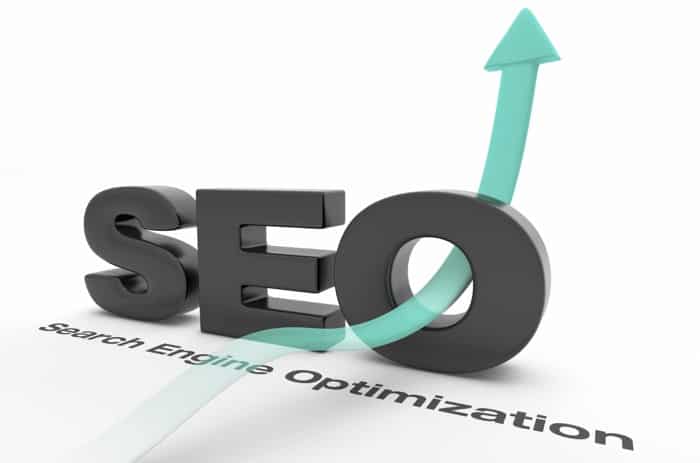
User Experience: Beyond Just Design
When people think of user experience (UX), many default to considering website design and layout. Yet, UX encompasses more than that. Top-tier agencies, such as Primal SEO agency, understand that a compelling user experience is the amalgamation of speed, accessibility, and intuitive navigation.
Speed is a pivotal factor. Websites that load quickly provide a smoother experience for users, reducing bounce rates. Meanwhile, accessibility ensures that content is available to everyone, including users with disabilities. Simple things like alt-text for images or easily readable fonts can make a world of difference. Lastly, intuitive navigation means that users can effortlessly find what they’re looking for, creating a satisfying browsing experience.
SEO: The Backbone of Visibility
SEO, or Search Engine Optimization, primarily focuses on making websites more visible to search engines. This visibility is achieved through a combination of keyword optimization, quality content, backlinks, and technical site improvements. But what’s essential to understand is that search engines, especially Google, prioritize websites that offer an excellent user experience.
Consider mobile optimization as an example. With a significant chunk of global internet users accessing sites via mobile devices, search engines have started to rank mobile-friendly websites higher. This change was a nod to the crucial role UX plays in the broader context of SEO.
How UX and SEO Intersect
The crossroads of UX and SEO is where magic happens. Both elements work synergistically, reinforcing each other to create a powerful online presence. A well-designed, user-friendly website can indeed attract and retain visitors, but without proper SEO, users might never find the site in the first place.
Conversely, a site that ranks well on search engines but provides a subpar user experience will likely see high bounce rates, signaling to search engines that the website might not be as relevant or useful as initially thought.
In essence, it’s not about choosing between UX and SEO but realizing that they’re two sides of the same coin. Improvements in one area can often lead to benefits in the other. For instance, enhancing website load times can not only improve user experience but also positively impact SEO rankings.
Key Takeaways for Brands
For brands aiming to establish a dominant online presence, understanding the intricate dance between UX and SEO is vital. It’s not sufficient to focus on one and neglect the other. The most successful online platforms maintain a keen balance between the two, ensuring that they attract visitors and, more importantly, keep them engaged.
Brands should consider regular audits of their websites to identify areas of improvement, be it in the domain of UX or SEO. Small changes, such as optimizing images to load faster or restructuring site hierarchy to make navigation more intuitive, can lead to significant results.
In the ever-evolving digital landscape, where competition is fierce, a brand’s commitment to marrying robust SEO practices with superior UX design can be a game-changer. It’s about understanding that at the core of every online interaction is a real person, and ensuring they have a seamless, enjoyable experience can pave the way for brand loyalty and success.
